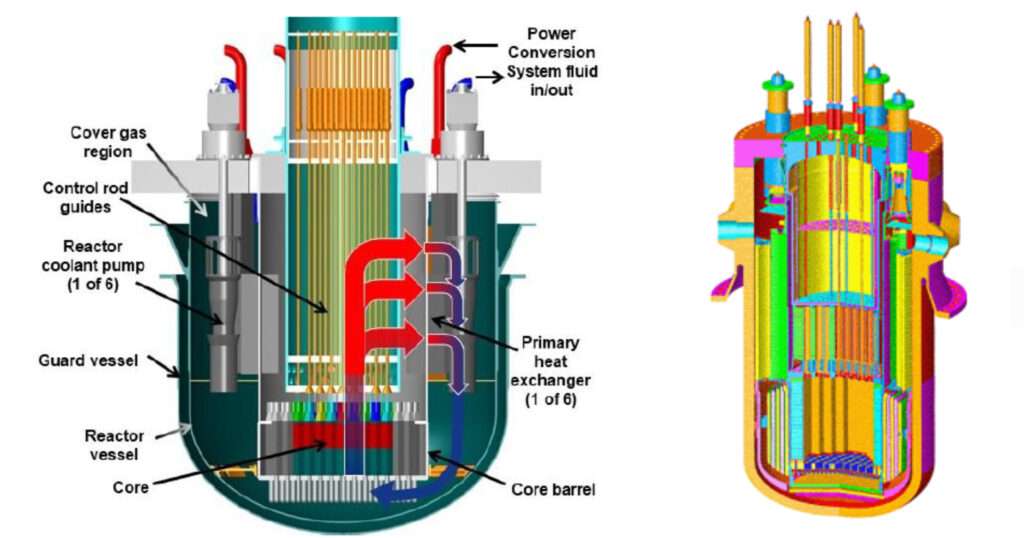Runaway Reaction

What is Runaway Reaction
Runaway Reactions are any reaction systems which displays acceleration in rate of reaction at certain conditions so great that they are very difficult or impossible to control. The accompanying characteristics of such reactions are that they occur with very rapid increase of temperature or pressure.
In general it can be said that runaway reactions are highly exothermic reactions. Exothermic reactions are those which give off heat as the reaction progresses. If the heat removal system is not able to remove as much heat as the reaction is producing then temperature of the reaction mixture starts increasing. If the rapid increase of temperature or pressure is not controlled properly then it can cause damage to the equipment, surroundings and Human lives.
Risk Assessment and Evaluation of Hazards
Any chemical reaction which has a possibility to runaway under certain conditions should be studied very well and the knowledge of the reaction and reaction mechanism should be properly used to assess the risks involved in the process to deal with the hazards to control it by designing adequate control systems and heat removal systems or to not allow such a condition to ever happen by designing adequate operational procedures and proper training schemes.
Proper knowledge of the chemistry and thermochemistry of the reaction goes into the evaluation of the hazard. The things which should be tackled are if runaway occurs then is it possible whether the reactants or products or intermediates gets decomposed and what is the rate and quantity of the gas and heat released during the runaway.
The rate of reaction increases with increasing volume of reaction mixture. The rate of heat removal decreases with decrease in surface area. Hence if the volume to surface area ratio increases then the rate of reaction increases and the difficulty to remove heat also increases. Hence this point should be noted while scaling the reaction.
Full scale testing of the runaway not only requires a lot of money but is very dangerous hence preliminary calculations are done by researching the literature for theoretical calculations and simulations are also performed. Lab scale calorie metric studies at very controlled conditions are done and proper vent sizes are estimated.
Risk assessment involves defining process, plants and the operating conditions, identification of hazards and then assessing the adequate methods to deal with them, choosing appropriate safety and protective measures and maintaining the measures all the time during the operation of the plant. Risk assessment is started from the initial stage of planning and carried till the plant becomes operational.
Safety, Protective and Control measures
Safety measures are decided by referring to the risk assessment studies. The measures can be inherent in nature which eliminates the hazard, process control can be used which prevents the hazard from occurring and also protective measures can be employed which limits the consequence of runaway hazard.
As much as possible it should be tried to reduce or eliminate the possibility of the runaway hazard. It can be done by substituting the reactants with safer alternatives, if it can’t be done then care should be taken that very low quantity of reaction mixture stays in the reactor which can be done by using a continuous process instead of a batch process, Semi batch process can be used if using a continuous process is not possible because it is better to control the heat liberation in exothermic reaction by controlling the quantity of one of the reactants.
Process control procedures should be installed in order to prevent the runaway from occurring by using proper and reliable control systems, actuators, sensors and automatic systems to take actions when they predict the occurrence of such a hazard.
Protective measures are to be used at the time the hazard is occurring. Plant should be designed to contain the pressure generated during the runaway, emergency relief valves should be there to vent the gases produced to a safer place, the reaction should be stopped by either using a reaction inhibitor, quenching by crash cooling or by directly dumping the reaction mixture in to the quenching liquid itself.
Reference:- hse
































